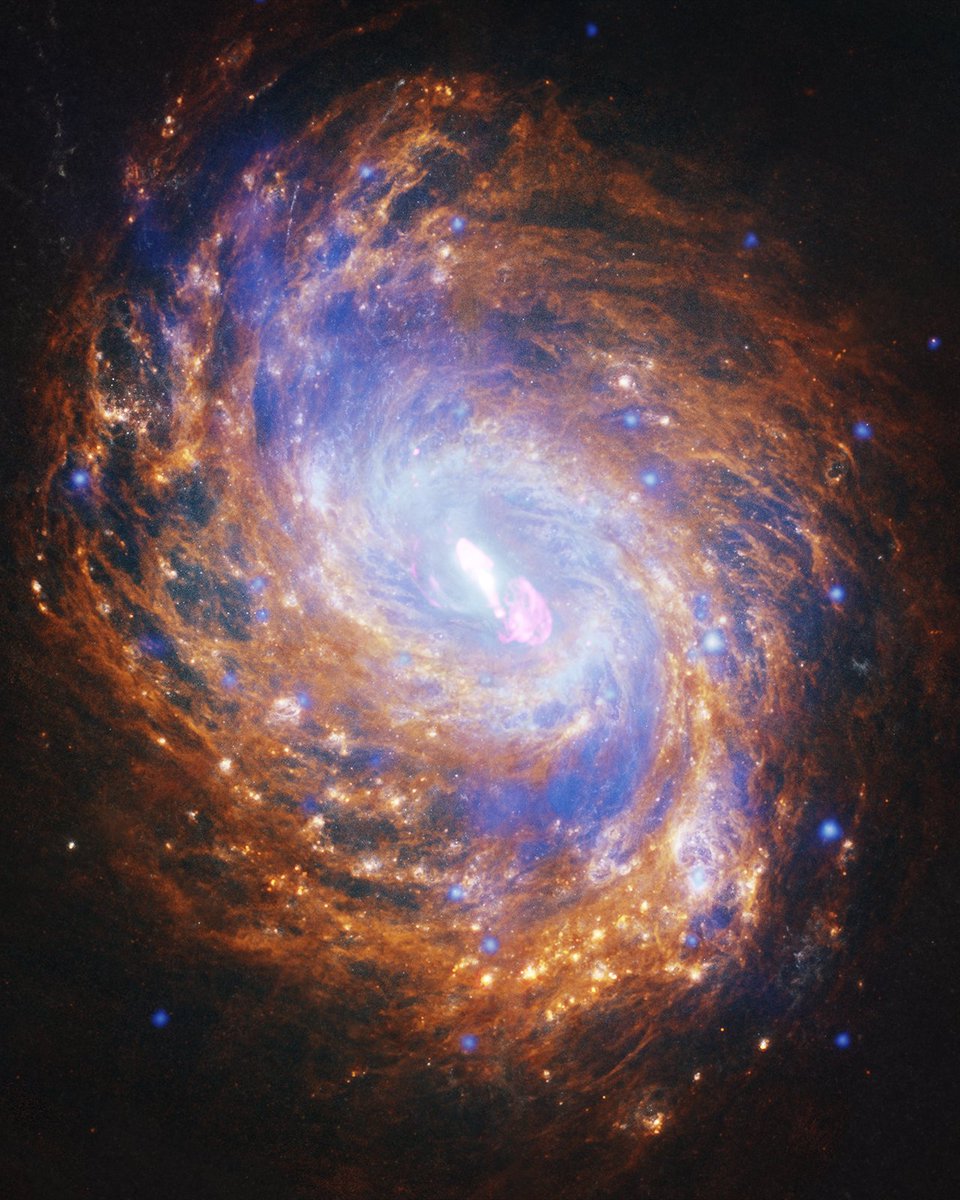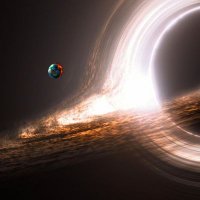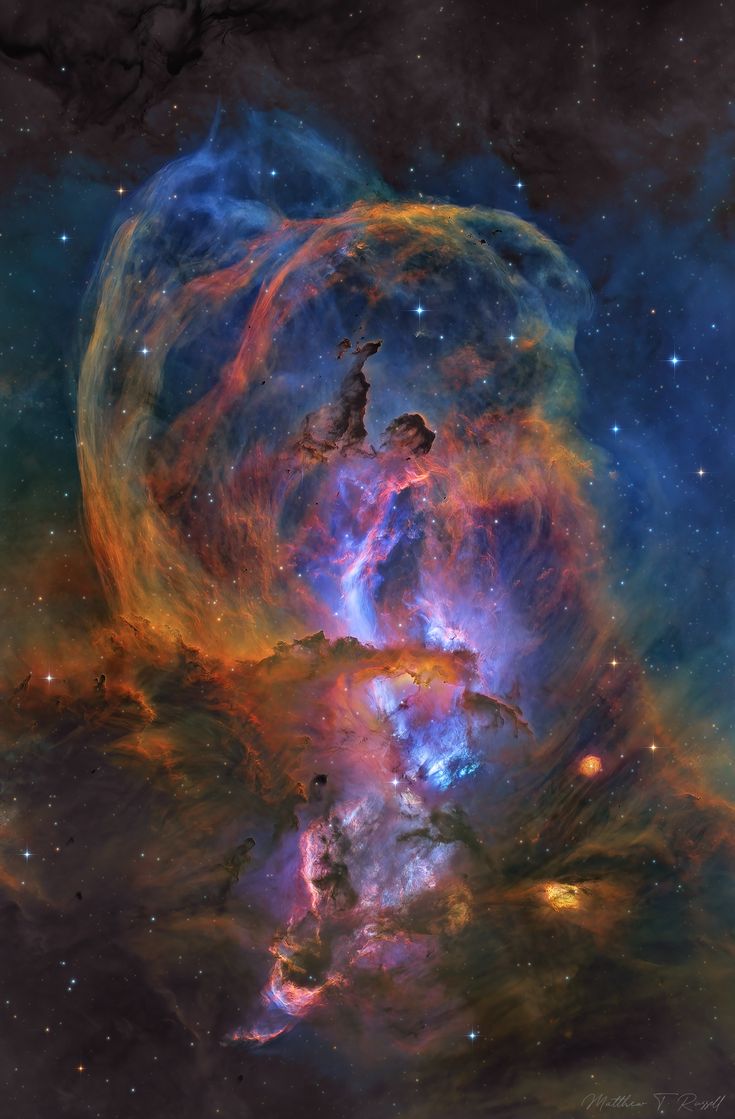
Marcus Weicker
@weickermarcus
I'm very interested in the Blockchain Technology and its applications beside crypto currencies, for example NFT Art. I’m also strongly interested in astronomy.
ID: 1800383863752962048
11-06-2024 04:27:10
248 Tweet
61 Followers
451 Following

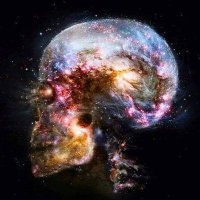



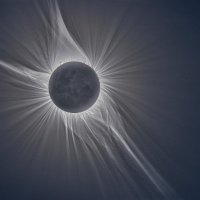
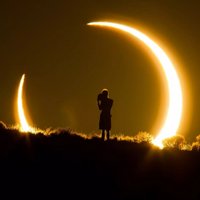

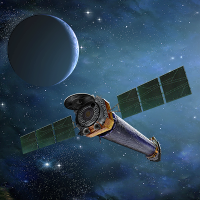
The "ink-redible" Squid Galaxy is located about 50 million light-years from Earth. This view of the Squid, roughly 29,000 light-years across, combines different types of light captured by NASA's Chandra, Hubble, NASA Webb Telescope, and National Radio Astronomy Observatory | NRAO's Very Large Array.🦑
